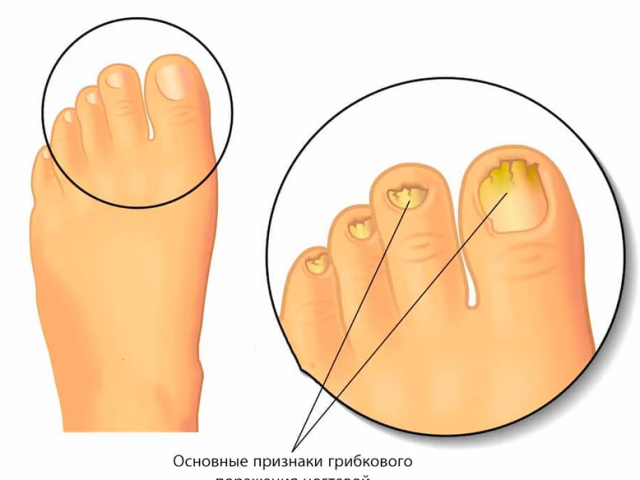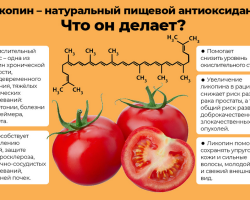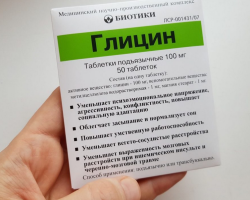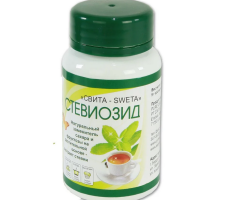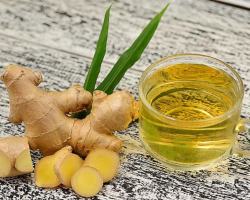Antifungal drugs are modern drugs for the treatment of mycoses and other fungi. There are in the form of tablets, sprays, ointments, varnishes, etc.
Content
- Fungus: diagnostics, which drug of a wide spectrum of action to choose for treatment?
- Fungal infection: species, groups
- The reasons for the development of fungal infections
- The best antifungal drugs and drugs for children and adults are treatment: for nails of legs and arms, skin, oral cavity and pharynx, in gynecology for women, after antibiotics
- Disinfectants: antifungal drugs are inexpensive, but effective
- Plant natural agents with antifungal properties: List, reception
- Antifungal drugs: reviews
- Video: basic pharmacology of antifungal agents
- Video: Candidiasis infections - briefly causes, symptoms, diagnosis, treatment
- Video: antifungal agents
Antifungal drugs are drugs used to treat infectious diseases caused by pathogenic fungi. They help the body cope with the disease caused by a fungal pathology.
Read on our website an article on the topic: "32 products that help fight fungal infections". With the help of information in it, you can get rid of frequent diseases in men and women.
What are the types of antifungal drugs? What are the indications and contraindications for their use? Are oral antifungal drugs safe?
Fungus: diagnostics, which drug of a wide spectrum of action to choose for treatment?
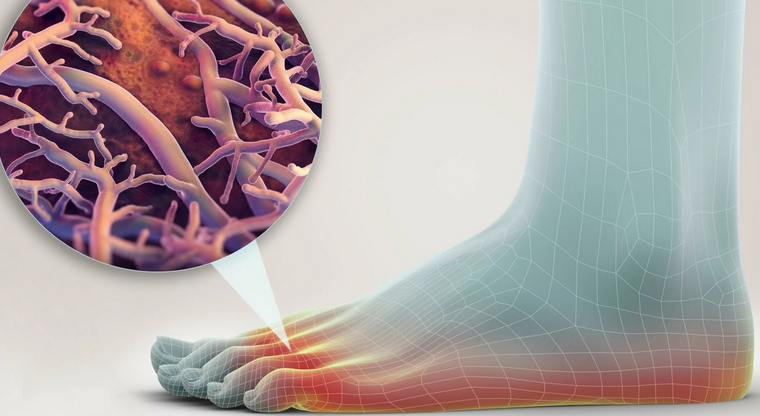
Antifungal drugs can be prescribed by doctors of almost all specialties. However, it should be remembered - so that therapy from the fungus is really effective, it should be preceded by a thorough and reliable diagnosis and the correct diagnosis. Diagnosis usually involves the use of direct microscopic studies of the collected material.
- The basis of diagnosis in the treatment of mycosis for many years is invariably the planting and cultivation of pathogenic flora on various diagnostic environments that allow us to differentiate individual species based on their morphological features.
- The enzymatic properties of mushrooms and their sensitivity to individual drugs are also evaluated.
All this allows you to find out exactly which drug of a wide spectrum of action to choose for treatment, which means increasing the effectiveness of treatment.
Fungal infection: species, groups
Basically, it does not matter what type of fungal infection in the body. Only a drug that is suitable for the treatment of a particular mushroom is important. But it is still important to know which groups are fungal infections. They are of two types:
Superficial mycoses - Most often accompanied by such symptoms:
- Local tightness of skin and
- Peeling
- Cracking and redness of the skin
- The formation of blisters or skin rashes
- Persistent itching in the affected areas
- Sometimes there can be a very unpleasant and intense smell of sweat
Mycosis of organs -This is an infection caused mainly by microorganisms that live in the body of a healthy person, without causing any pathological changes or ailments. However, in patients with weakened immunity, they can cause serious diseases requiring treatment, sometimes even in a hospital.
The most popular mycosis is enclosing lichen. It happens on such organs:
- Urinary tract
- Lungs
- Esophagus
- Oral cavity
- Vaginal mucosa
It is also worth noting that the most common pathogen in the human body is Candida albicans, causing candidiasis (thrush) of smooth skin and mucous membranes, as well as internal organs, central nervous system and lymph nodes.
Another type of fungus - Cryptococcus NeoFormans. It is especially dangerous for humans, causing cryptococcosis of internal organs and skin. In people with weakened immunity, he can even cause meningitis and encephalitis life -threatening life.
The reasons for the development of fungal infections
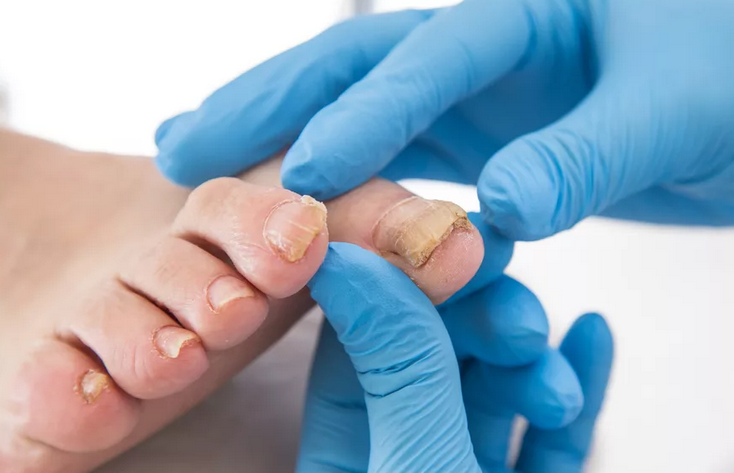
The human body is subject to the development of fungal infections when its immune system is weakened for some reason. For example, due to concomitant diseases or even due to a poor environment. All this increases the risk of infection.
To increase immunity, you can purchase natural drugs on the Iherb website. These are plant agents that are not a medicine, but help the body to cope with the disease.
Here are factors that increase the risk of fungal diseases:
- Taking antibiotics, especially for a long time, with a wide range of action and without the support of probiotics
- Use of corticosteroids, cytostatics or immunosuppressants
- The use of chemical contraceptives with immunodeficiency in patients with diabetes, oncological diseases, AIDS patients, chronic pathologies
- The presence of a person like asthma, rheumatism in a person
- The influence of a bad environment
- Use for growing fungicid cultures that increase the resistance of mushrooms to drugs
- The presence of strong and prolonged stress
Treatment of mycosis is a complex process. First of all, the treatment of the underlying disease is required, and then the fungal lesions themselves. Unfortunately, at the stage of diagnosis, difficulties may occur due to non-specific symptoms that a fungal infection can cause. Therefore, most often therapy is carried out in a hospital.
The best antifungal drugs and drugs for children and adults are treatment: for nails of legs and arms, skin, oral cavity and pharynx, in gynecology for women, after antibiotics

As mentioned above, the treatment of fungal infection depends on correctly selected therapy. Therefore, the doctor first prescribes diagnostics, and then, on the basis of the results, selects tablets, ointments and other products. Substances with antifungal effects. Below will be listed the best antifungal drugs and drugs for children and adults. They are suitable for nails of the legs and arms, skin, oral cavity and pharynx, as well as in gynecology for women and after antibiotics.
Alllamins:
- These are drugs that take inside.
- They are usually prescribed for the treatment of skin and nail fungus.
TERBINAFINE:
- It is active against many types of dermatophytes, mold, yeast and other pathogenic mushrooms.
- The effect of terbinafine, like other antifungal drugs, inhibits the synthesis of ergosterol, component of the cell membrane of the fungi.
- If the cell membrane is damaged, fungal cells die.
- With oral use, it acts against mycosis of the skin and mucous membranes, which cannot be treated only locally.
- A solution of terbinafine can be used once in case of mycosis.
- Unfortunately, after oral administration, this drug can cause such side effects as: complaints from the gastrointestinal tract, and sometimes a violation of taste (fortunately, these changes are reversible).
- Terbinafine is also available without a prescription in the form of a number of drugs designed for direct application to the skin.
Naphthyfin:
- It is used only locally for mycosis of the skin and mucous membranes.
- Less effective against yeast.
- It has an additional anti -inflammatory effect.
- It is used for candidiasis of the skin and multi -colored lichen, fungal lesions of the skin and skin folds (mycosis of the groin, smooth skin mycosis), encircling the lhes of the feet and hands.
Derivatives of the azola:
- These are substances that are most often used in the treatment of mycoses.
- Available for purchase in a pharmacy both by recipe and without it.
- The most important thing is that they are effective by 80-95%.
The derivatives of the azola include the following drugs:
- Clotrimazole - acts against all pathogenic mushrooms that affect the person. It is practically not absorbed through the skin, but to a small extent penetrates through the mucous membranes. However, due to numerous side effects, it is used only locally.
- Mikonazole - It is used mainly locally on the skin and mucous membranes of the mouth and throat. In addition to antifungal and antiparasitic action, it also has some antibacterial properties.
- Environmental - It is used to treat all types of skin mycoses and with mixed infections, for example, with fungal vaginal infections or vulva or with multi -colored lichen.
- Ketokonazole - A popular antifungal drug that destroys the yeast cells of Malassezia Farfur. He treats seborrheic dermatitis, dandruff of the scalp, multi -colored lichen. Gives satisfactory results in the treatment of systemic and superficial mycoses. It can be used for preventive purposes and for recurrent infections.
- Fluconazole - It shows special effectiveness in the fight against yeast and cryptococci. It is used to treat vaginal candidiasis, as well as the mucous membranes of the throat and mouth. It also shows bactericidal activity against gram -positive bacteria.
- Fenticonazole - a drug acting on the yeast infection of the mucous membranes of the genital organs.
- Voriconazole - It has a wide range of action, that is, it is active against many types of mushrooms, as well as the speed of action. Therefore, it is usually prescribed as the first antifungal drug to treat mycosis life -threatening.
- Itraconazole - antifungal drug for surface and systemic mycosis. In the oral form, it is used in the treatment of vaginal mycoses and vulva, skin and nails, fungal infections of the cornea, candidiasis of the oral cavity, multi -colored lichen and systemic mycoses.
Piridinona derivatives:
- Cyclopiroxolamine - It has a very wide range of antifungal and antibacterial properties and, importantly, has anti -allergic and anti -inflammatory properties.
It is used in the treatment of mycosis of smooth and hairy skin, especially vaginal infections and vulva, skin around the anus, as well as onychomycosis. It is part of the shampoos from dandruff. However, it cannot be applied to wounds and irritated skin.
Disinfectants: antifungal drugs are inexpensive, but effective
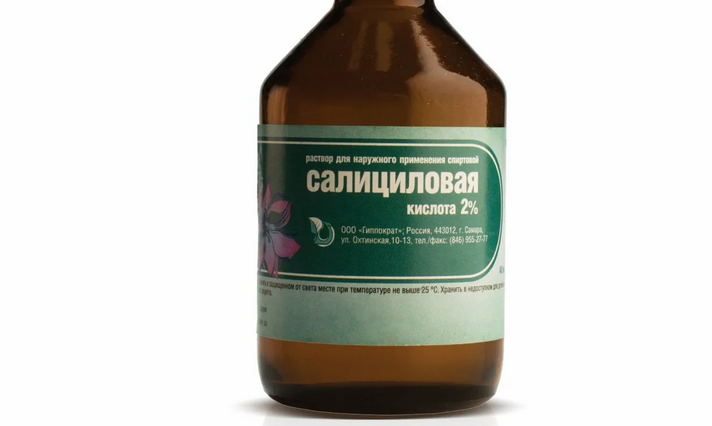
Disinfectants have a fungistatic or fungicidal effect in the local treatment of fungal skin diseases. These include:
- Iodine
- Thymol
- Amphoteric soap
- Salicylic and benzoic acids
- Hydroxycholan
- Benzamidin
- Derivatives of tiadiazin and many others
However, at present, most of these drugs have supplanted new and well -studied other antifungal drugs from medicine:
Chlorimidazole hydrochloride:
- Has a fungistatic effect on the mushrooms of the genus Epidermophyton, Trichophyton and Microsporon.
- It can be used in the form of a combined drug with salicylic acid for fungal skin lesions and onychomycosis.
Boric acid:
- Although this is a long -known anesthetic, it is considered modern and popular.
- It is used in the treatment of vaginal mycoses.
- The therapy uses tablets, the course of treatment lasts about 2 weeks.
- The effectiveness of the fight against vaginal mycosis of boric acid is estimated approximately in 70 percent.
- However, if the vaginal mycosis recurrents, the treatment should be repeated.
Boric acid is also often part of popular vaginal solutions for douching.
Plant natural agents with antifungal properties: List, reception

On the site Iherb You can find antifungal agents of plant origin - These are natural drugs that increase immunity and have antifungal properties.
The antifungal effect is possessed not only by chemicals, but also by plant preparations. However, it should be remembered that their action may be insufficient in the case of extensive mycoses requiring a doctor’s consultation.
Plants that show antifungal activity:
- Shalvia Officinalis) - Raw materials from sage leaves have some antifungal properties. The infusion can be used to rinse the mouth and throat with thrush.
- Origanum vulgare calendula - Supports the body in the fight against mycosis. It is believed that it is especially active against Candida albicans And therefore, it may turn out to be effective in the treatment of candidiasis of the oral cavity.
- Garlic ordinary (Allium sativum) - Garlic, thanks to the content of sulfur compounds, has a bactericidal and antifungal effect. Garlic extract can be used locally for the treatment of skin mycoses.
- Olive tree sheet and extract (Olea Europaea) -Due to the content of oleuroperine, it is recommended in the fight against fungi, bacteria and viruses. Effective in the fight against fungus Candida albicans, mycosis of the feet, nails and skin.
- Tea wood oil (Melaleuca alternifolia) - It can help people fighting with interdigital mycosis and onychomycosis caused by both dermatophytes and yeast mushrooms. With regular use, it prevents relapse of the disease.
In order for herbs to help the treatment of mycosis, they need to be prepared and dose correctly. It is best to consult a specialist or follow the recommendations of the manufacturer contained on the package.
Remember: Like any medicine, plant drugs can also cause side effects or can interact with other drugs. Therefore, before treatment with decoctions and infusions from these plants, consult a doctor.
Antifungal drugs on herbs are produced in the form of finished teas, decoctions, infusions or alcohol extracts, as well as in the form of tablets and capsules.
Now you know how and how to treat antifungal infections. Before taking drugs (both medicinal and natural), be sure to consult a doctor. Only adequate therapy will help get rid of fungi. The above drugs are effective and popular products that help well from different mushrooms. Take tablets, ointments or infusions of herbs as their doctor prescribed, and you will cure pathologies.
Antifungal drugs: reviews
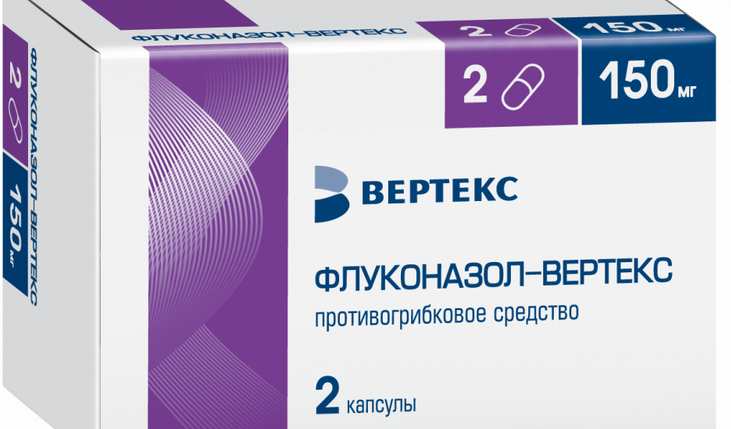
If you need to treat a fungal infection, and you do not know which drug to choose, then contact the doctor. He will conduct diagnostics and prescribe adequate treatment. If now there is no time or the opportunity to go to the clinic, then read the reviews of other people about taking antifungal drugs.
Natalia, 35 years old
For a long time I was worried about candidiasis of the vagina. The gynecologist prescribed drugs from this fungus inside and in the form of douching. For a while, the disease subsided, then the symptoms resumed. It so happened that I got an appointment with an endocrinologist. She assigned to donate blood to sugar. There was a hidden diabetes mellitus. Because of this, the immunity fell and candidiasis began to develop. Now I observe a special diet, I drink drugs for diabetes, and candidiasis almost does not bother. But I still had to drink an itraconazole course and put Hoexicon candles.
Yana, 25 years old
There have never been a thrush before. But recently she had pneumonia and doctors prescribed strong antibiotics. After the course, the discharge from the vagina and itching began. I turned to the gynecologist, handed over the strokes, turned out to be thrush. The doctor appointed fluconazole - 150 mg once, as well as vagilac capsules inside and one candle of Zalain. Has undergone a course of treatment, now everything is fine.
Tatyana, 55 years old
I don’t know where the foot fungus came from. I don’t go to the bathhouse and saunas, even on vacation I do not go to resorts, but to the summer cottage. I never tried on someone else's shoes. However, the fungus of nails torments. I turned to the doctor. They diagnosed, gave onhomycosis. Now, besides the fact that I constantly smear my nails with louderil, I drink fluconazole for two months. These tablets have a lot of side effects, but the doctor said that without such a treatment regimen, the fungus would not work. A neighbor - an old grandmother advised washing her legs with rainwater. She said that they treated the fungus so during her youth, in the village. Of course, I will try the method, but I trust the drugs more.
Video: basic pharmacology of antifungal agents
Video: Candidiasis infections - briefly causes, symptoms, diagnosis, treatment
Video: antifungal agents
Read on the topic:
- Cheper water: instructions for use from dandruff, depriving, nail fungus
- Celandine from nail fungus on the arms and legs: recipes for use, reviews
- Mikoseptin for the treatment of nail fungus: Instructions for use
- Mikospor solution: treatment of nail fungus, instructions for use
- Psoriasis of nails or fungus - how to distinguish: photo, distinctive signs

